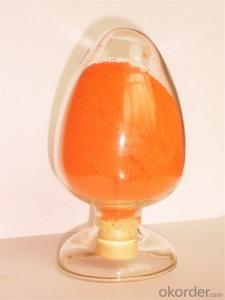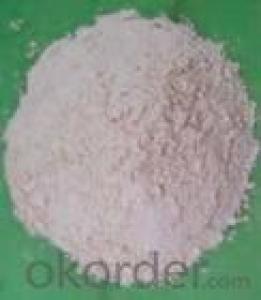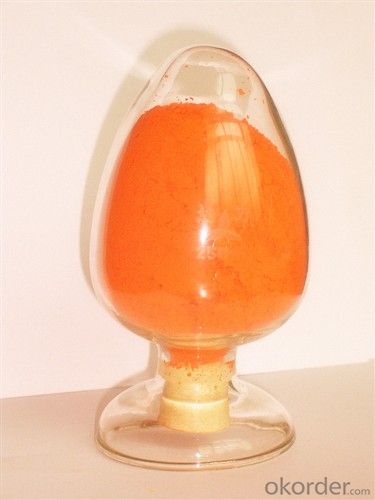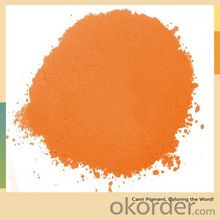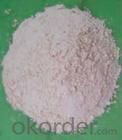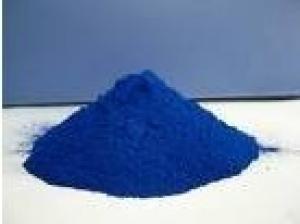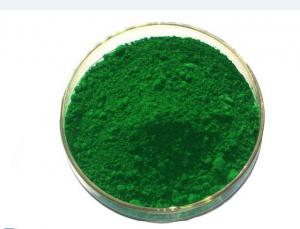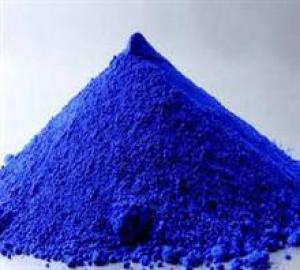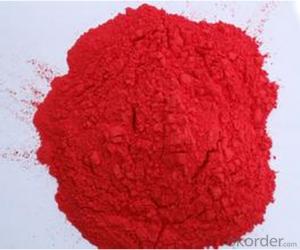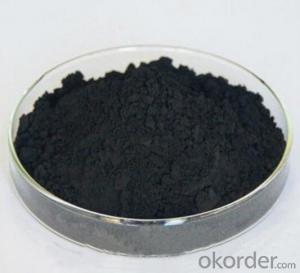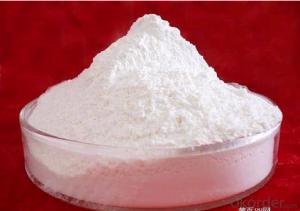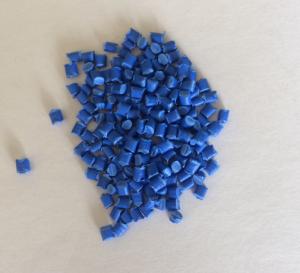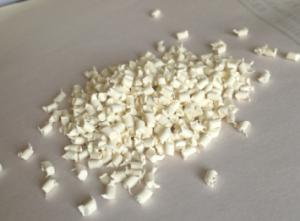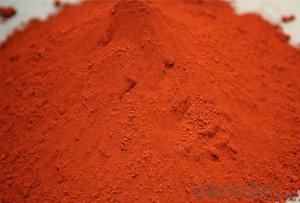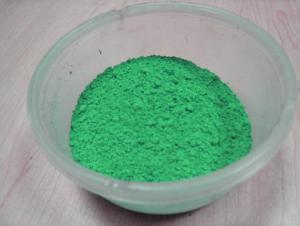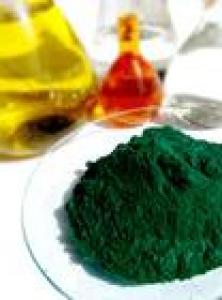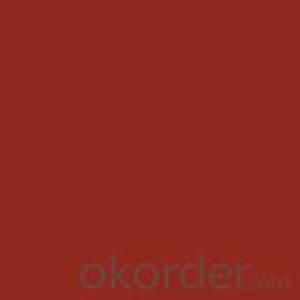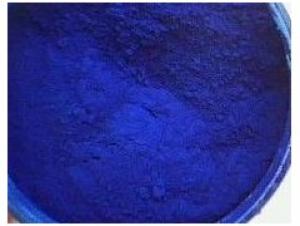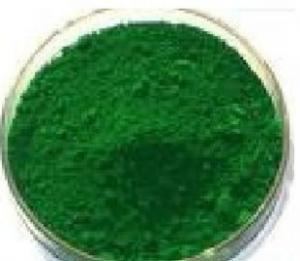Iron Oxide Orange Pigment 960 from China
- Loading Port:
- China main port
- Payment Terms:
- TT OR LC
- Min Order Qty:
- 100000 kg
- Supply Capability:
- 1000000 kg/month
OKorder Service Pledge
OKorder Financial Service
You Might Also Like
Quick Details
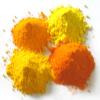
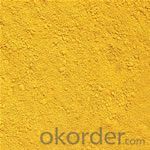
Other Names: ferric oxide orange
MF: Fe2O3
Place of Origin: China (Mainland)Usage: Ceramic Pigments, Coating Pigment, Cosmetic Pigment, Ink Pigments, Plastic & Rubber Pigment, Leather Pigments, paint and coating
Model Number: 960
Type: Iron Oxide
product: iron oxide orange pigment 960
appearance: yellow powder
1 iron oxide yellow powder Specifications
2 good covering ability and weather resistance
3 fine dispersion
4.20years factory
Specifications:
Item | Index |
Primary color | |
Diluted color | |
Iron content (Fe2O3) 105℃ drying%≥ | 86 |
Fineness (325 mesh wet sieve residue)%≤ | 0.3 |
Oil absorption, g/100g | 25-36 |
Moisture & 105℃ volatile% | 1.5 |
Water solubles% ≤ | 0.5 |
Water suspended matter PH value | 4-6 |
Relative tinting strength (compared with standard sample%) ≥ | 100±5 |
4. Packing:
Net weight 25 kg in craft paper bag or knitting bag with plastic liner or as per clients' request. 13 MT/20'FCL
FAQ:
1.Q:Are you a manufactory or trading company?
A:We are a professional manufactory with 12 years’ experience and 2 years of export experience, covers an area of 30 acres.
2.Q: May I know your MOQ request?
A:MOQ is 1 TON.
3.Q: Could you offer free sample?
A:We can provide free samples to you for quality testing.
4.Q: Does your product is dangerous merchandise?
A: Not dangerous merchandise, It belongs to Not legal Inspection merchandise.
- Q: do all leaves extract contain the same pigments??why?
- Absolutely not. Leaf pigments, just to name a few, may include chlorophyll, carotenes, lutein, anthocyanins. Not only will pigment content vary between plant species, but pigment content will vary in individual plants seasonally.
- Q: A.catalyzes chemical reactions.B.absorbs light.C.transports materials.D nverts energy to light.E s energy.
- B. It absorbs light.
- Q: I always hear about pigments from MAC and Loreal, etc. and I am confused about what exactly they are.So can someone please THOROUGHLY explain what they are and what they can be used for?
- Pigment okorder Pigments can be used for many different cosmetic purposes. eyeshadow blushes added to a clear gloss you make a brand new lip gloss added to clear nail polish base. a hilight color, added to body spray for shimmer added to gel for a tinted gel the list goes on and on. i hope this helps!
- Q: Can you take any powder, grind it finely, and mix linseed oil into it to make oil paints to make paint? Or do paint pigments have to have special characteristics? Thanks!!
- You okorder /article/pigment...
- Q: I want to find bright colored eye pigments much like macs. However I dont want to spend tons of money. Does anyone know of a place that sells inexpensive eyeshadow pigments?
- Go to Wal-mart or Target and look at their selections. A lot of cosmetic lines are now into making eye shadow pigments!!
- Q: How are plant pigments like teammates on a sports team? And What is the goal of their teamwork??
- Pigments in the reaction center work together to organize themselves in place, to protect the plant from injury from incidental light, and to absorb photons from the spectrum with each pigment catching its own portion of the incoming wavelengths. The accessory pigments catch and pass energy to chlorophyll a. Chlorophyll a is the specialist that plays the photon's electromagnetic energy into chemical. It splits water to release its electrons and hydrogen ions for use in the calvin cycle where glucose is manufactured. The goal is to fix energy into a usable organic form for the plant to live on.
- Q: thinking about the main role of pigments in photosynthesis...? explain how the pigments in colored objects suc?
- photosynthetic pigment or antenna pigment is a pigment that is present in chloroplasts or photosynthetic bacteria and captures the light energy necessary for photosynthesis. Green plants have five closely-related photosynthetic pigments (in order of increasing polarity): Carotene - an orange pigment Xanthophyll - a yellow pigment Chlorophyll a - a blue-green pigment Chlorophyll b - a yellow-green pigment Phaeophytin a[1] - a gray-brown pigment Phaeophytin b[1] - a yellow-brown pigment Chlorophyll a is the most common of the six, present in every plant that performs photosynthesis. The reason that there are so many pigments is that each absorbs light more efficiently in a different part of the spectrum. Chlorophyll a absorbs well at a wavelength of about 400-450 nm and at 650-700 nm; chlorophyll b at 450-500 nm and at 600-650 nm. Xanthophyll absorbs well at 400-530 nm. However, none of the pigments absorbs well in the green-yellow region, which is responsible for the abundant green we see in nature.
- Q: what are accessory pigments?
- Accessory pigments are light-absorbing compounds, found in photosynthetic organisms, that work in conjunction with chlorophyll a. They include other forms of this pigment, such as chlorophyll b in green algal and higher plant , while other algae may contain chlorophyll c or d. In addition, there are many non-chlorophyll accessory pigments, such as carotenoids or phycobiliproteins which also absorb light and transfer that light energy to photosystem chlorophyll. Some of these accessory pigments, particularly the carotenoids, also serve to absorb and dissipate excess light energy, or work as antioxidants. The different chlorophyll and non-chlorophyll pigments associated with the photosystems all have different absorption spectra, either because the spectra of the different chlorophyll pigments are modified by their local protein environment, or because the accessory pigments have intrinsic structural differences. The result is that, in vivo a composite absorption spectrum of all these pigments is broadened and flattened such that a wider range of visible and infrared radiation is absorbed by plants and algae. Most photosynthetic organisms do not absorb green light well, thus most remaining light under leaf canopies in forests or under water with abundant plankton is green, a spectral effect called the green window. Organisms such as some cyanobacteria and red algae contain accessory phycobiliproteins that absorb green light reaching these habitats. For more kindly click on the links below --- en.wikipedia.org/wiki/Accessory_p... en.wikipedia.org/wiki/Photosynthe...
- Q: I was intrested in buying some pigments on ebay but they dont say the name they just say these nubers #68 #69 #93 do u no what pigment name they are u could serch it that might help thank you
- All mac pigments have a specific name and i had researched a bit and seen videos of people comparing the fake to the authentic pigments. I've seen fakes with a no. on it. Stay away from this seller and i strongly suggest buy it from a MAC store as most brushes, pigments, eyeshadows are fake on Ebay.
- Q: HW HELP THIS IS COMLPCATED
- They're right. Chlorophyll is the Only pigment in plant cells.
Send your message to us
Iron Oxide Orange Pigment 960 from China
- Loading Port:
- China main port
- Payment Terms:
- TT OR LC
- Min Order Qty:
- 100000 kg
- Supply Capability:
- 1000000 kg/month
OKorder Service Pledge
OKorder Financial Service
Similar products
Hot products
Hot Searches
Related keywords
